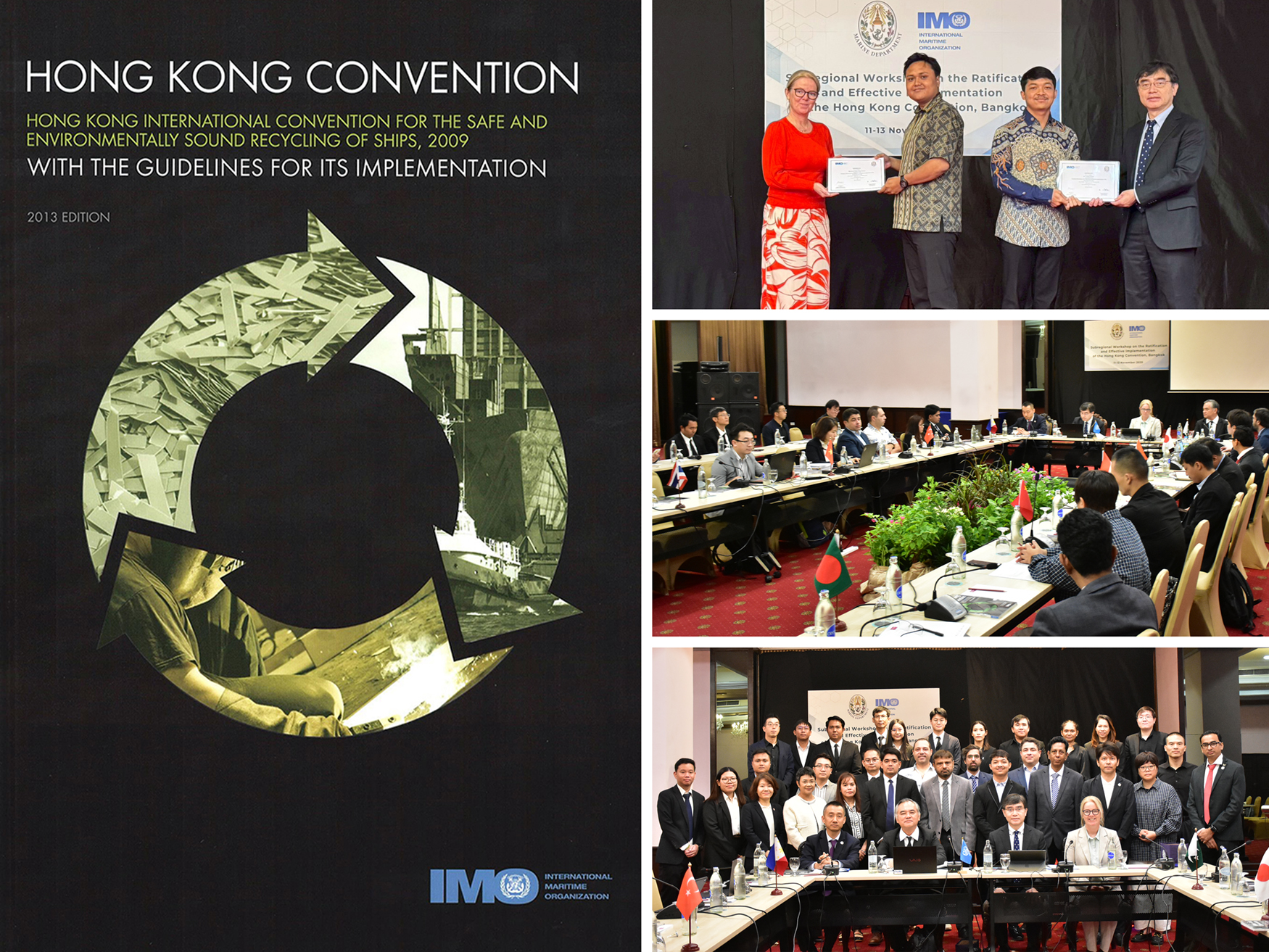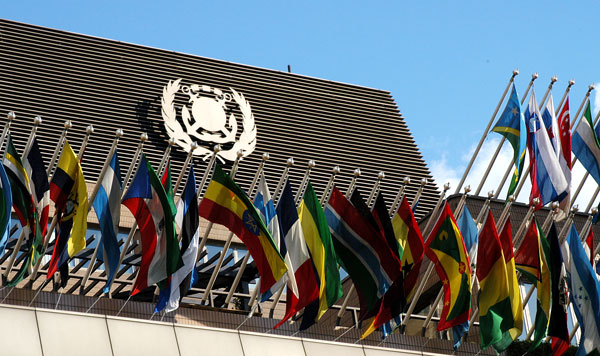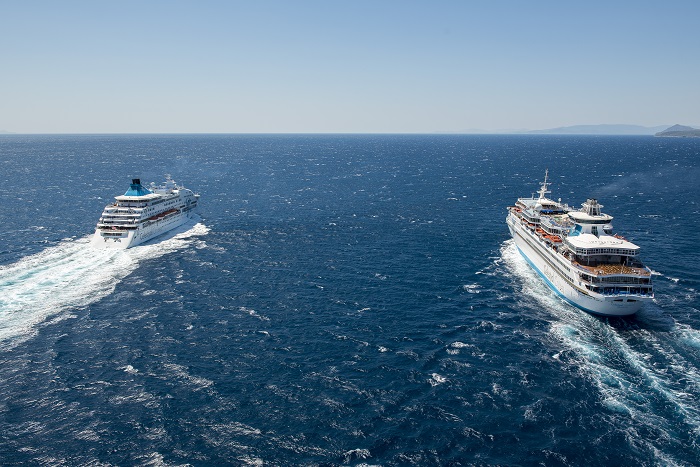





In order to achieve the strategic goals of shipping emissions reduction, IMO's newly revised MARPOL Bylaw VI increases the carbon intensity index (CII) rules for existing ship operations quantifies the reduction requirements. The new rules have come into force on November 1, 2022 January 1, 2023. Each calendar year after the rule becomes mandatory a one-time measurement based on data collected in the previous calendar year is required to determine the CII rating for that year based on the CII discount rate and the ship's CII value. A-EA is the best rating. From 2023 onwards, for ships rated D for three consecutive years or E for one year, their ship managers will be required to update and optimize the Ship Energy Efficiency Management Plan (SEEMP) in order to improve the ship's rating, which will detail how to improve the ship's rating to the minimum target of C. In addition IMO will also increase the value of CII requirements year by year to reduce the carbon intensity of shipping in order to incentivize ship operators to continue to optimize.
This year is the first year of the implementation of the new rules if the fleet of ships do not meet the standard how to improve and optimize the industry has become the most headache challenge. Jacob Clausen, Managing Director of NAVTOR Denmark, recently offered his insights on the confusion of CII and provided some ways to improve compliance and optimization for the industry's reference.
1. The value of C class
The goal for every ship in the CII rating is a C or better. However, please note that the A-E grades are all IMO compliant only if the ship fails to obtain a C grade or above it will be necessary to update or optimize the ship's SEEMP in other words it will add extra work.
Compared to C class if a ship is rated to the high level of A class (not only in terms of reduced operating costs, improved environmental performance and reputation/market advantage) the asset value of the ship will be 7% higher than C class on average. Correspondingly if the ship is rated E the value of the ship will be 12% lower compared to C class.
2. Continuous improvement
Ambitious emission reduction targets are a continuous improvement process rather than an overnight effort. As with the CII rules, the goal is to achieve a 2% annual reduction by 2026 after achieving a C rating and above. This means that environmental performance needs to be continuously, accurately and intelligently monitored, analyzed and optimized, and a range of measures taken to reduce carbon intensity.
3. Multi-measure approach
There is no one-size-fits-all formula for optimizing CII ratings because ship types and operating modes are different. But fortunately there are a variety of measures to choose from. For example, slowing down navigation can reduce auxiliary energy consumption by taking measures to ensure the efficiency of the ship's main engine performance. At the same time a poorly performing hull will have a negative impact on many aspects of the ship so proactive hull cleaning, hull optimization and the use of advanced hull coatings will help improve the ship's CII rating as these measures can have a significant impact on the ship's fuel consumption, cost and environmental efficiency.
In addition there are a number of innovative energy saving options available (for many different ship areas/ functions) e.g. smart weather routing services can help reduce fuel consumption by a few percentage points in some cases; choosing to use shore power for port operations is a smart move; and the use of alternative low carbon fuels (e.g. biofuels, methanol and ammonia/hydrogen) can also bring significant benefits.
In addition to the above measures, changes in vessel distance, sea time, idle time, utilization and other key operational factors can also have a significant impact on a vessel's CII rating.
4. Cumulative less becomes more
Many times ship owners and operators need to make some necessary decisions that may seem small but can have a significant impact on what CII rating a ship receives.
For example, a 50,000 DWT tanker sailing at 12 knots for 50% of the time at sea if its speed is reduced by 1 knot (increasing the time at sea to 54.5%) can make a 9% difference in the vessel's CII rating, which means it will probably contribute to the vessel's CII rating from D to C. If the vessel's speed is set at 10.9 knots for 55% of the time at sea then the CII difference will be 10%. reach 10%. If the speed is maintained at 12 knots but the sea time is increased to 55% the CII difference will be 2%.
Another example is the same ship operating at the same parameters reducing its base load by 20% will give a 4% CII advantage. 10% improvement in hull cleanliness will translate into an 8% CII advantage. If you combine the two, that is a 12% CII advantage.
5. Keep a record of revisions
MEPC 78 considered the adoption of the CII Voyage Adjustment and Factor Correction Guidelines (G5), which proposed correction factors for CII range and fuel consumption calculations. While at first glance this may seem to make the calculations more complex, it is important to remember that these are important for ensuring the accuracy of the data. This will ensure that you do not inflate your carbon intensity data to the point of being unfairly penalized in the process.
The corresponding factor deductions can be made within the standard range according to the rules including energy consumed for a specific voyage, series of activities (e.g. cargo loading, unloading and cargo cooling/heating, ship-to-ship barging, etc.).






